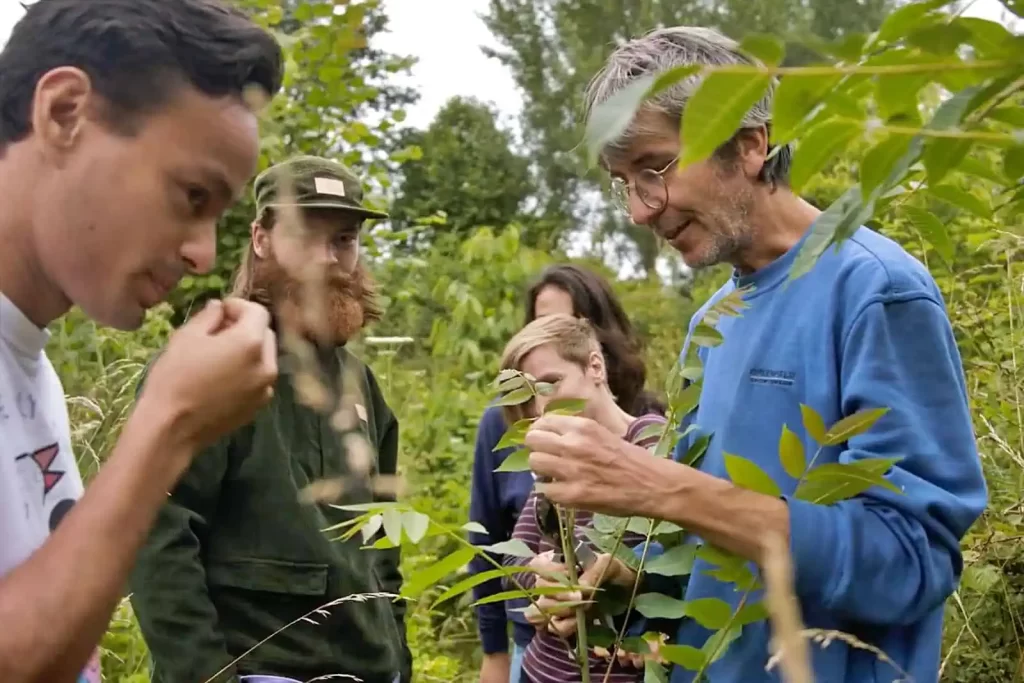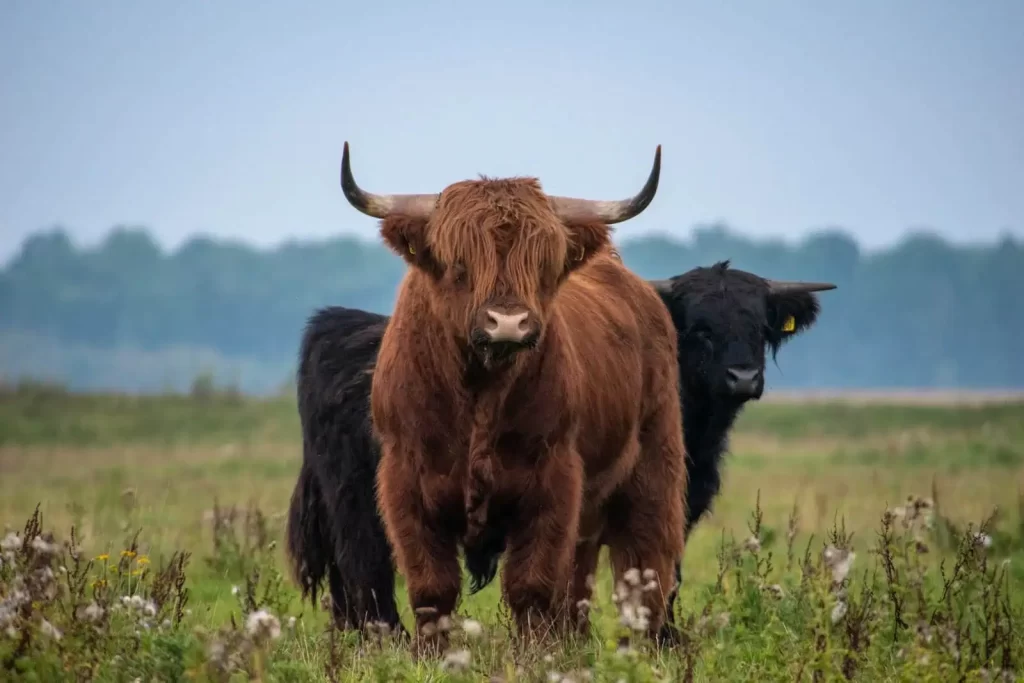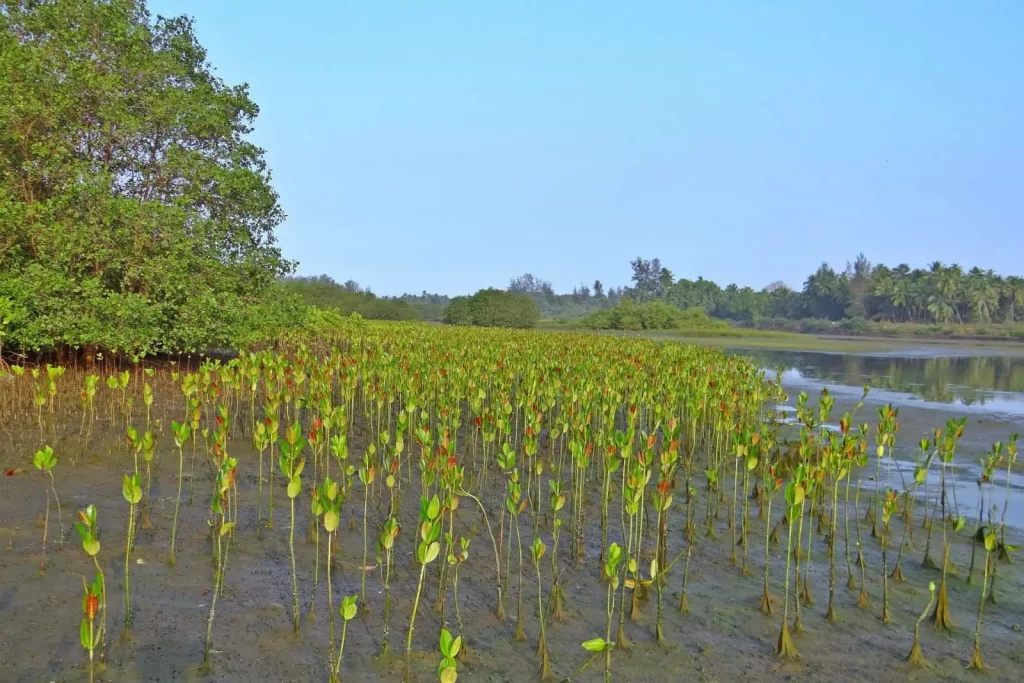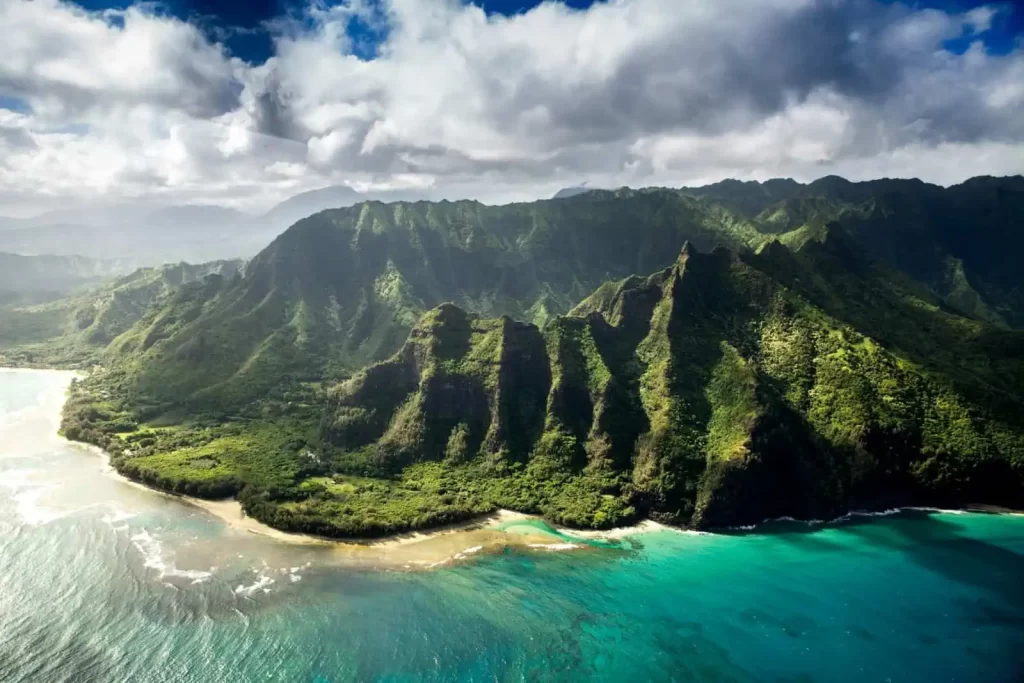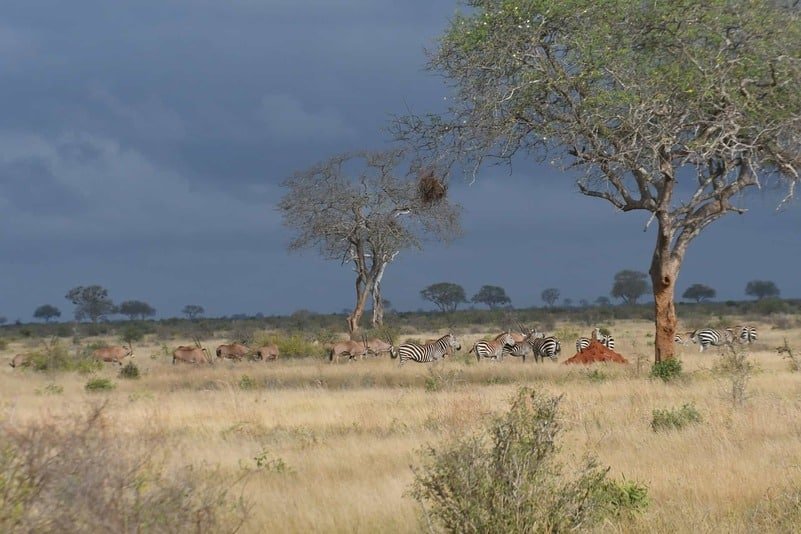
Species Conservation in Protected Areas
About this course
Species – animal or plant – conservation is a major objective of protected area management. It is often included as a goal when planning activities, and is central when monitoring the obtained results and the impacts generated on the field. This MOOC’s goal is therefore to introduce the notion of species, to describe what they represent within a protected area’s heritage and how managers conserve them, what the best conditions are, the limits, the opportunities, how can they be used to improve PA results, to think about ex situ conservation and so on.
- Wildlife Management
- Online
Recurring
Open for enrolment

